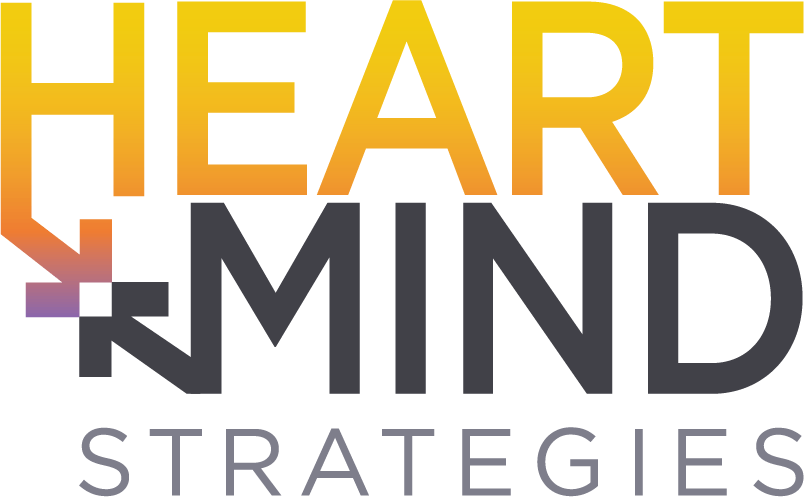Across the country today, there is increasing dialogue around Diversity and Inclusion, what it means, and how we integrate it into our organizations and, frankly, in how we work and live and play together. But it’s a tricky topic for so many reasons.
In our 12/8/2020 RoundTable session, we sought common ground to help with practical and productive ideas in this area. We believe the most actionable will be found in focusing on INCLUSION as the human-centric principle to guide thinking, planning, deploying, and measuring efforts in this area. Paolo Gaudiano, Chief Scientist at Aleria (https://aleria.tech), joined us to share his perspective on Inclusion, why it matters, and how to measure it more effectively.
This topic matters because our staff is our greatest asset – data shows businesses spend 30 times more on payroll (staff) than on advertising. However, we deploy all sorts of sophisticated optimization models on advertising and marketing spend, but very little is done on optimizing our overall staffing systems and experience. And lack of attention in this area will impact our ability to recruit and retain, productivity, and corporate reputation.
RELATED: 10 Ways Businesses Can Take the Lead
How Can I Measure Inclusion?
Most businesses focus on measuring diversity and demographic representation in their companies, but don’t spend as much time worrying about measuring inclusion. Inclusion is difficult to measure because it is invisible. We only notice it when we don’t have it – when you feel excluded. So how can you measure something that you can’t see?
Paolo recommends 9 categories of inclusion for measurement:
- Access and Participation
- Compensation and Benefits
- Respect
- Recognition
- Career Opportunities
- Skills Use and Assignments
- Learning and Growth
- Workplace Interactions
- Work-Life Balance
For each category, he recommends tracking specific examples of when you feel excluded across these 9 areas, and the source of the experience. This isolates patterns of exclusion in context, giving business leaders specific guidance on where to intervene and to focus.
Why Measure Inclusion?
When you measure inclusion, not representation, you end up having a more helpful tool for informing how you maximize the experience, productivity, and potential of your staff.
Measuring representation is problematic for many reasons:
- Diversity is a lagging and indirect measure.
- Focuses on differences
- Places people in buckets
- Cannot account easily for intersectionality
- Encourages a zero-sum-game mindset
In contrast, measuring inclusion is much more actionable for many reasons:
- Real time, direct measure
- Focuses on shared experiences
- Applies to everybody
- Measures the impact of intersectionality
- Shows how to “grow the pie” for everyone
Reach out directly to Paolo for more information (paolo@aleria.tech).
Connect with us at Heart+Mind Strategies to learn more about how we can help you champion the humans in your organization or business.
